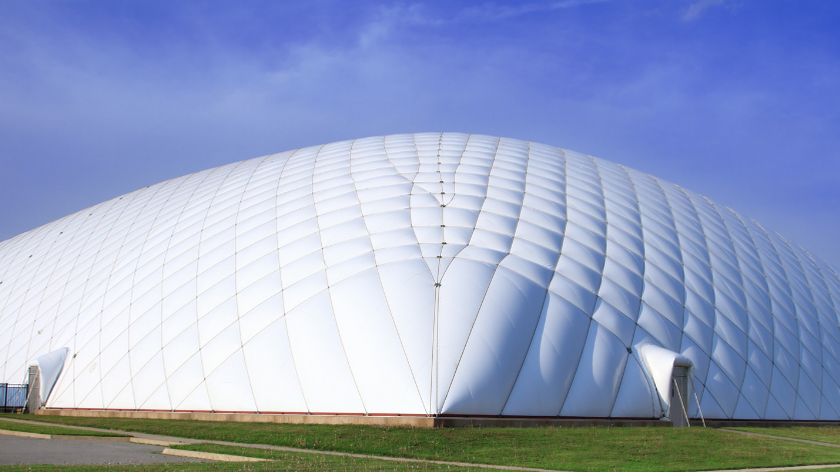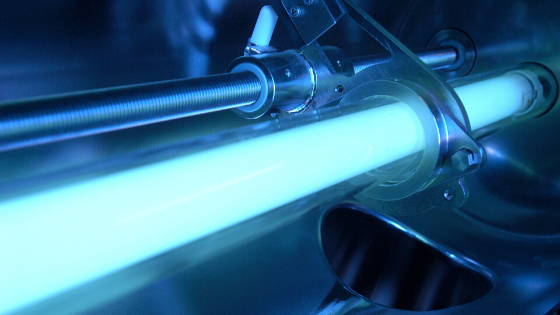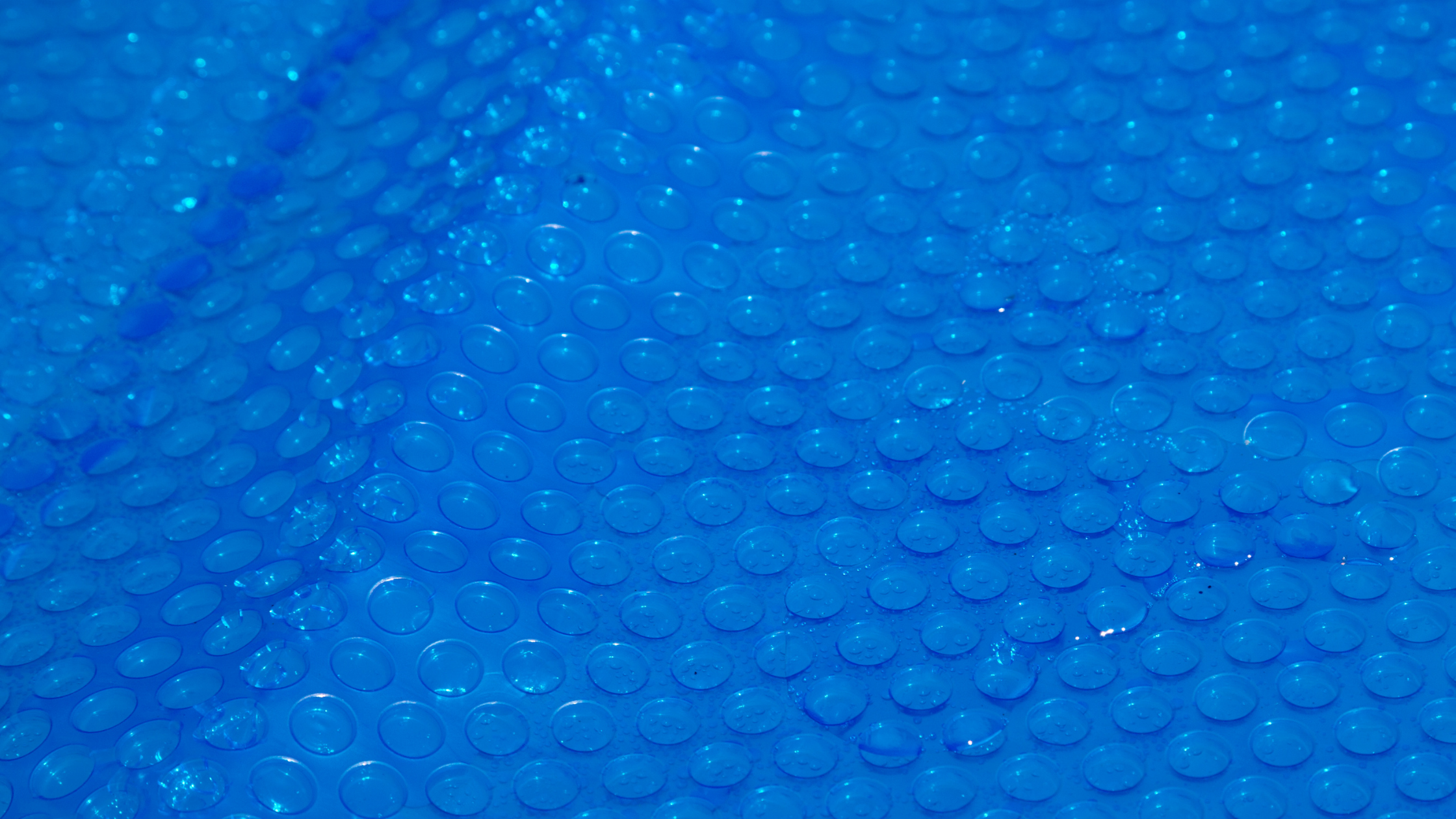Indoor Pool Algae, Photosynthesis, and Un-tinted Windows
Sometimes we get calls about indoor pools having algae. But how can that be? Algae need sunlight to grow. And usually, when the client sends us photos of their natatorium, there are large glass windows that allow sunlight in. Let's discuss.
Covered in this article:
Algae in indoor swimming pools
This entire topic of sunlight in natatoriums is relevant because of the rare cases of algae in indoor pools. We get calls about indoor pool algae a few times a year (mostly to our parent company, Orenda). Algae need sunlight to grow and reproduce, so how does it form in indoor pools? There's no direct sunlight!
So the topic goes to two sources of light: windows and UV disinfection systems. This article will discuss both.
Glass Windows on Natatoriums
In our opinion, natural light is always preferred over the dungeon-feel of an indoor pool with block walls and fluorescent lights. Indoor pools without windows can feel claustrophobic. Trust us, we've spent plenty of years swimming in such pools, and natural light brings a certain comfort to the space. Or at least some semblance of knowing if the sun has risen yet.1
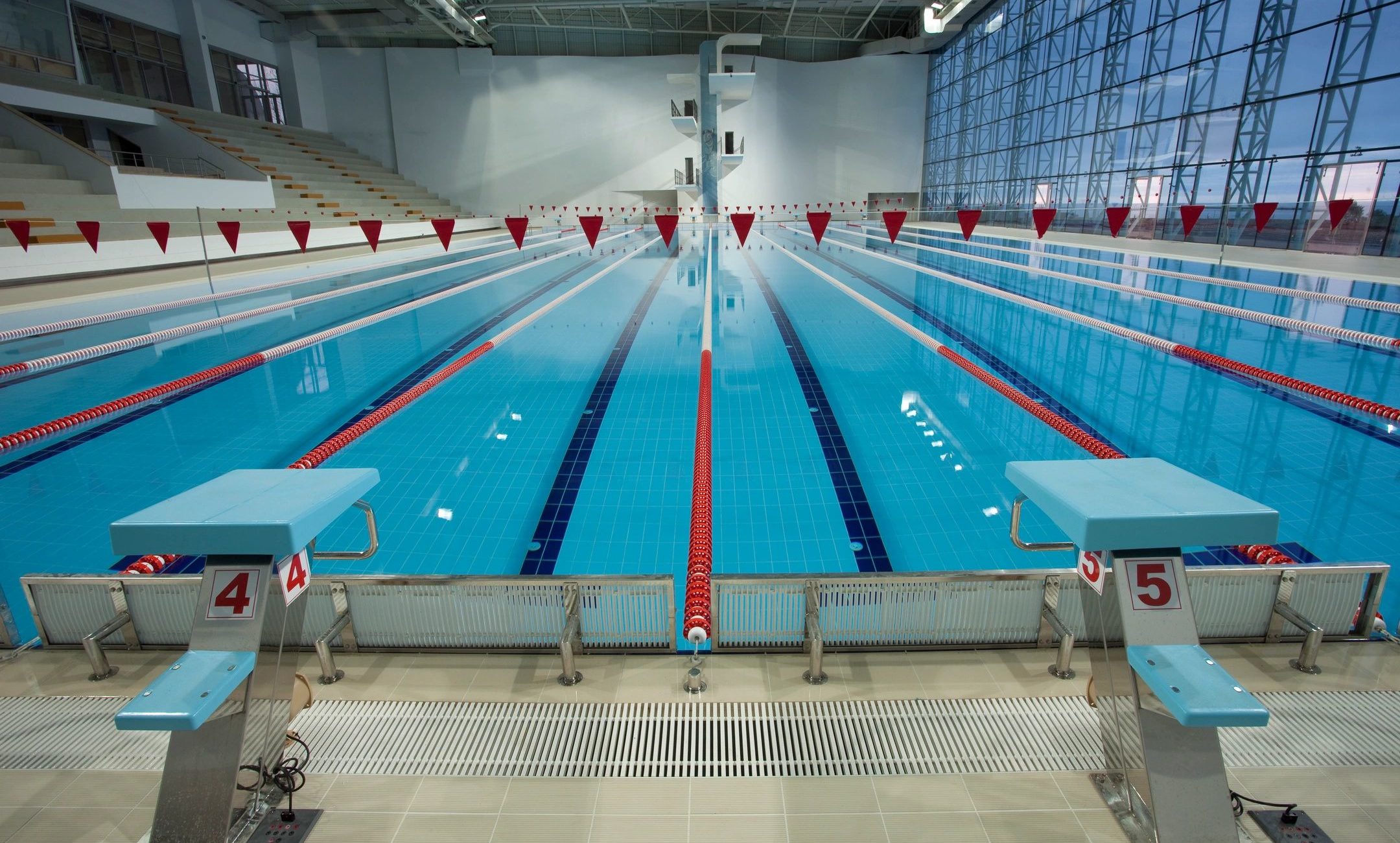
Anyway, as you can tell, we like windows on indoor pools. But they need to be accounted for in the natatorium design. For one thing, windows need to have conditioned air washing them to prevent condensation. The other is adding UV-blocking window film to prevent UV-A light from getting into the pool.
According to the website for Specialists in Radiation Protection:
"Standard window glass, according to the International Ultraviolet Association, will allow UV-A to pass through while almost 100% of the UV-B and UV-C light is blocked. Therefore, some UV light will enter your home and potentially affect your skin. Some of these effects could include increased freckles and increased sensitivity to sunlight that could result in rashes such as photodermatitis.
Today, methods exist to reduce the ability of UV-A to penetrate glass. One such method is to add a solar window film to the interior of your windows." - Paul Charp, Ph.D.2
So it appears that UV-B and UV-C light are blocked by normal glass, but UV-A light is not. According to light spectrum charts found online, UV-A light ranges between 315 and 400 nm. Visible light begins at 400 nm. Most photosynthesis for plants (including algae) tends to occur between 400-700 nm wavelengths.3 in other words, visible light. But UV-A does play a role in some photosynthesis of algae, albeit a small role.
UV light spectrum
This helpful chart is not ours, and comes from the Aquatic Live Food website. The information in their article was helpful for this article.
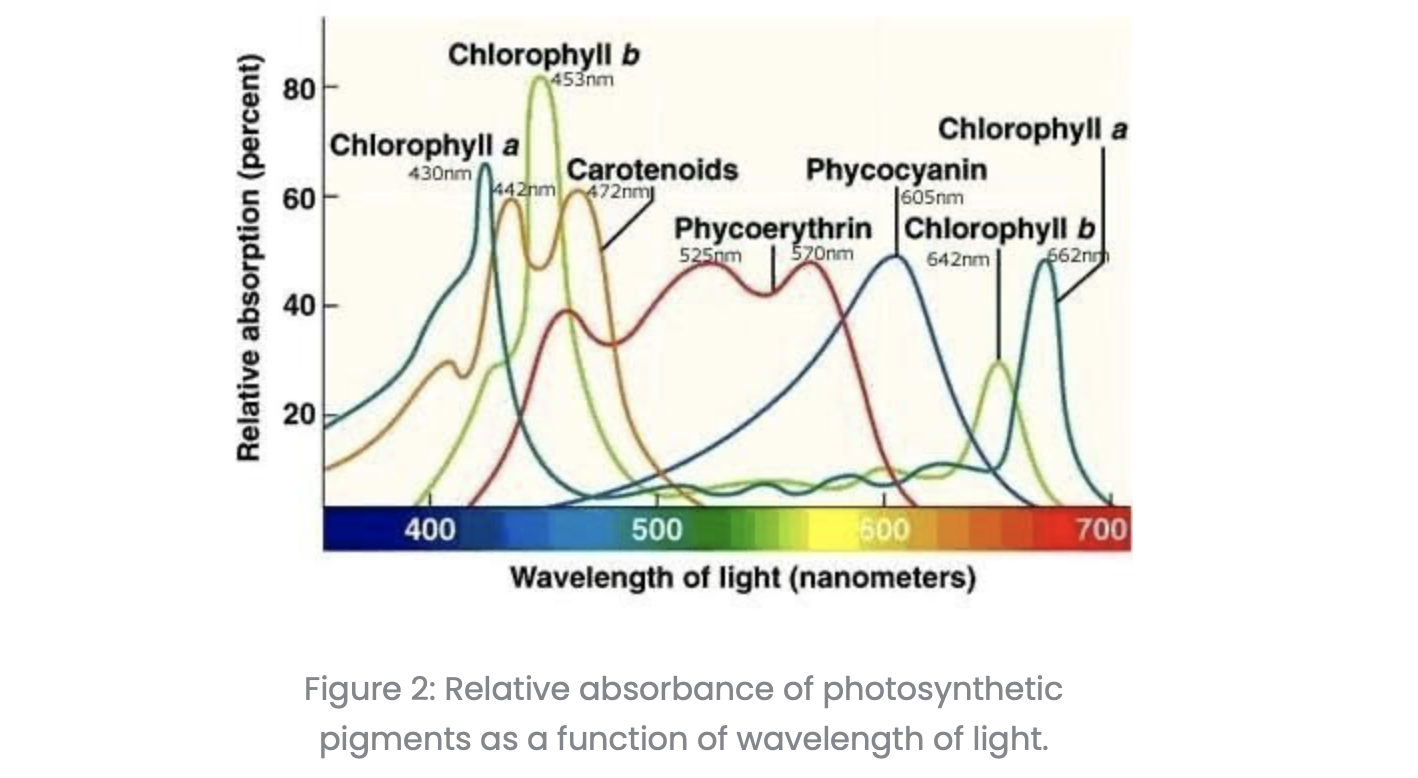

Source: AquaticLiveFood.com.au
As you can see, some UV-A light (315-400 nm) shows up on the far left side of the chart. And UV-A light comes through most glass windows. This means that the UV-A and visible spectrum of light that get through windows can fuel photosynthesis in algae.
In fairness, relatively few indoor pools ever face algae, despite having large windows. Factors that impact that include the angle of the windows, the hours of sunlight coming through them into the pool, and the type of glass. Add to that list the chemistry factors of chlorine demand, phosphates, carbon dioxide in water, and a few other things.
It takes a combination of things for algae to grow in indoor pools. But we've seen it, and it can definitely happen. So apart from just windows, another source of light can be the UV system itself.
UV Systems
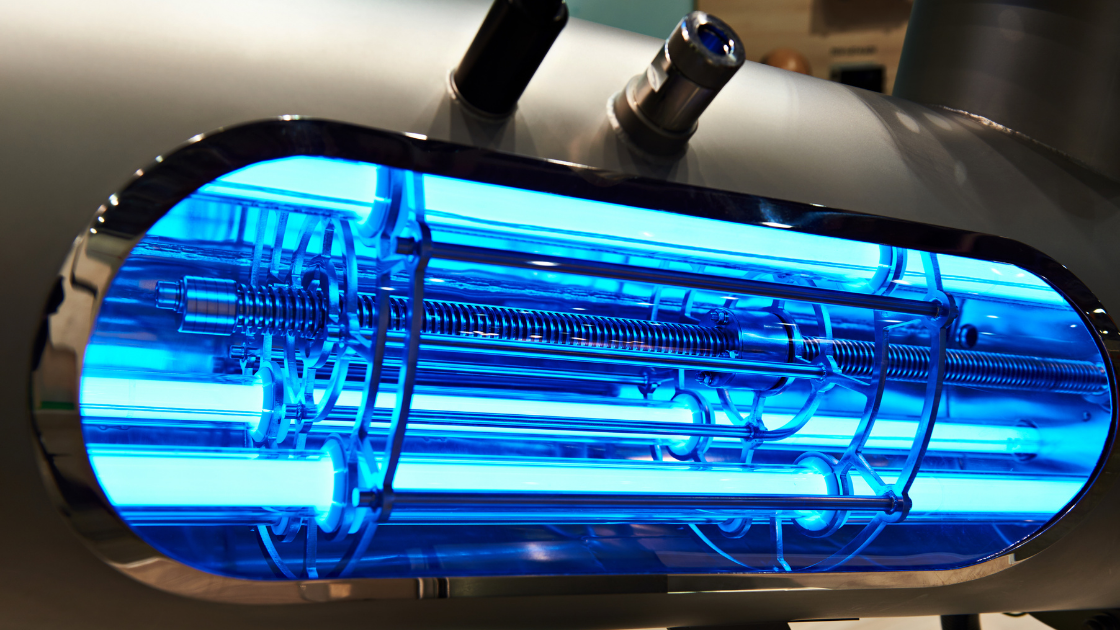
Low-pressure and medium-pressure UV systems are unlikely to contribute to indoor algae. The wavelengths these systems produce are below 300 nm. And while we are not scientists, just a cursory look at the research out there (like the photosynthesis chart above) shows the two do not correlate. But yet we get this question often.
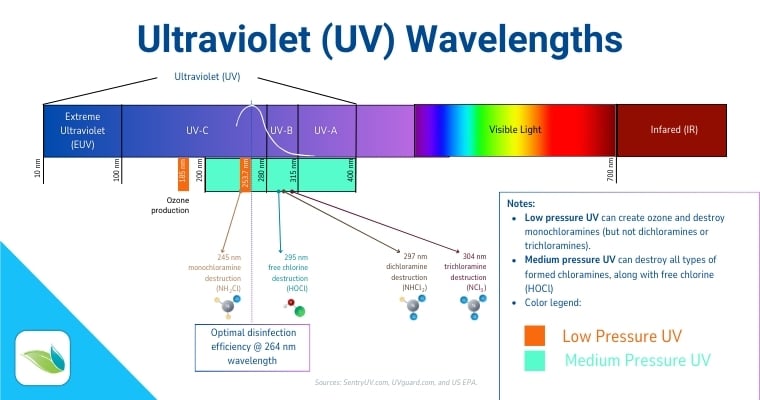 UV disinfection systems have wavelengths below 400 nm, and are therefore unlikely to contribute to photosynthesis in a significant way.
UV disinfection systems have wavelengths below 400 nm, and are therefore unlikely to contribute to photosynthesis in a significant way.
Could UV systems contribute? Maybe, but even if they do, it is most likely negligible. But we can agree that if there is algae in the pool, the necessary light is coming from somewhere. So where else could it be coming from?
Indoor Pool Lighting
Natatoriums have lights. After all, it's an indoor room. Many indoor pools (surprisingly) also have lights within the pool itself. We don't want to get into the nuances of all the different types of lights, but according to the Algae Research and Supply website:
"When it comes to light sources your main choices are:
- LED
- Fluorescent
- Incandescent
- Sunlight
All of these will work for growing all the types of algae. To us, the most important choice is simply what will work with your operating and capital costs to set up your project."4
If ceiling lights are aimed directly at the pool, there's a chance it could be enough to feed algae. But again, it's unlikely that artificial light will have enough power to fuel photosynthesis. In grow rooms, special lights are used up close to the plant cultures. In natatoriums, light is not only at coming from the ceiling of the room, but also is diluted and refracted through water. And in many natatoriums, overhead lights do not even aim directly at the pool, they illuminate the ceiling, which in turn spreads light into the room.
For underwater lights, many of them are incandescent, though modern technology is moving toward LED lights. And these lights are within the water with much more localized intensity than overhead lights. Still, the power these lights emit is not usually enough to fuel photosynthesis. And that's when the lights are on. If you have a well-lit natatorium, how often do you need to turn on pool lights?
Put it this way: in the last 20 years or so, we can only think of one instance where the indoor pool had its lights on. It was in a warm-up pool that had a bunch of overhead lights lose power. So instead of swimming in the dark, the operators turned on the pool lights for the first time ever.
Verdict: Windows matter most
So if UV systems, overhead lights and pool lights are unlikely the source responsible for indoor pool algae, that brings us back to windows. So what can be done?
UV Blocking Window Film
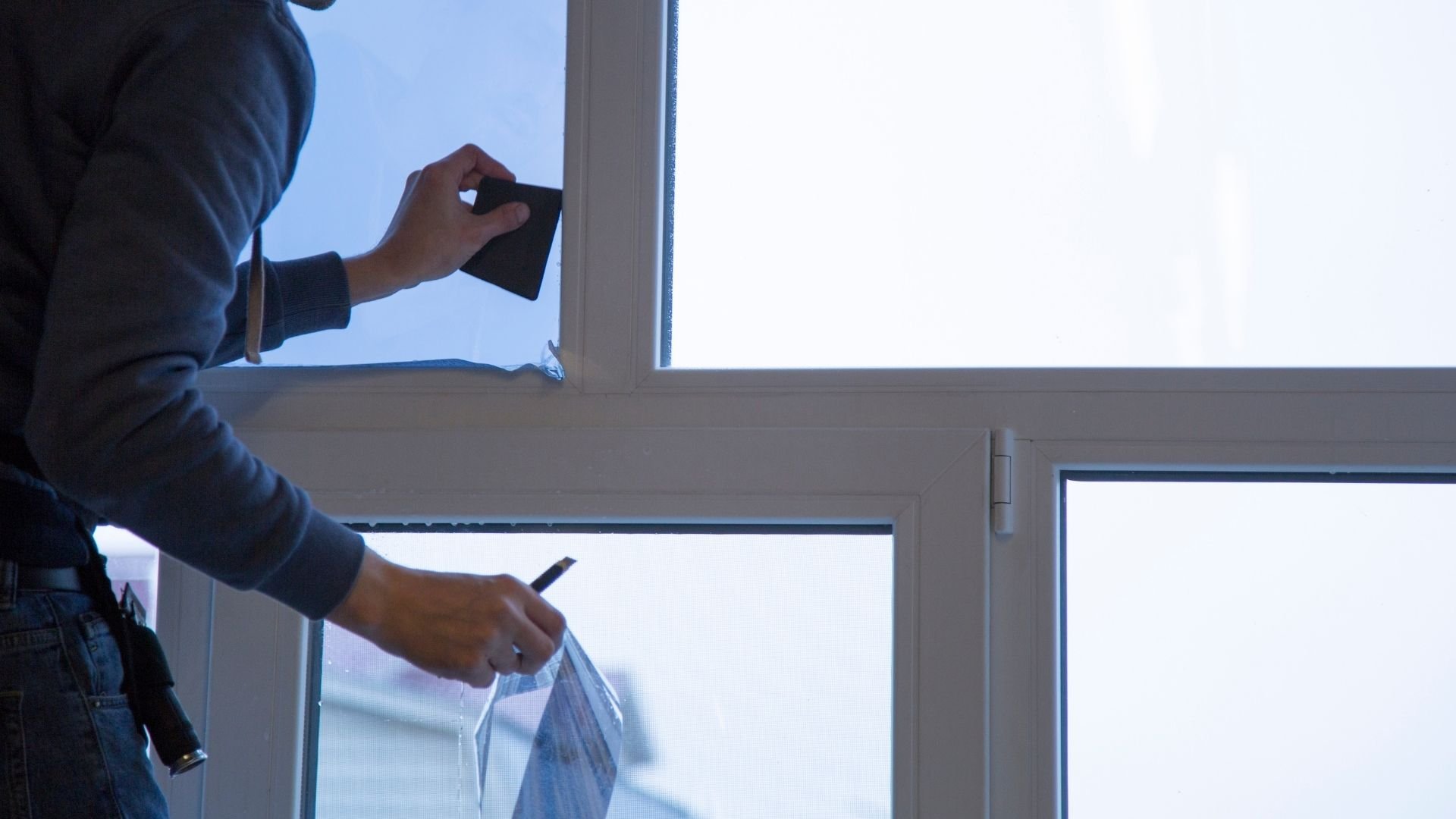
Perhaps the most affordable, foolproof way of ruling out windows as the photosynthesis light source is to add UV-blocking window film to the glass. Some glass comes with UV-A blocking built in, but most does not. These films are similar to car window tinting, and you can get them with very little (if any) darkness to them. If applied correctly, nobody will notice the thin film on the glass anyway.
In our opinion, UV-blocking film should be on all external windows that could allow sunlight into the pool. It's relatively inexpensive, and it blocks UV-A light.
Conclusion
To have algae reproduce and grow an indoor pool, you must have nutrients in the water (carbon dioxide, phosphates, etc.) and enough light to support photosynthesis. UV systems, overhead and in-pool lighting can provide light, but generally not in enough intensity to power photosynthesis. The sun, however, has more than enough light intensity. A simple way to filter sunlight is with UV-blocking window film.
1 If you don't understand why knowing if the sun is up is relevant, year-round swimmers and coaches do. Our mornings aren't just early, you might say they're still part of the night before. It's not uncommon to finish swim practice before the sun rises. And knowing when the sun rises is one of the small luxuries people take for granted, but those in the world of competitive swimming do not.
2 Charp, Paul. (2017) Answer to online question "Does solar UV penetrate window glass?". HPS.org.
3 Potter, Graeme. "Lighting for Algae Cultures". AquaticLiveFood.com.au.
4 "About light and photosynthesis." Algae Research and Supply.

 By
By
